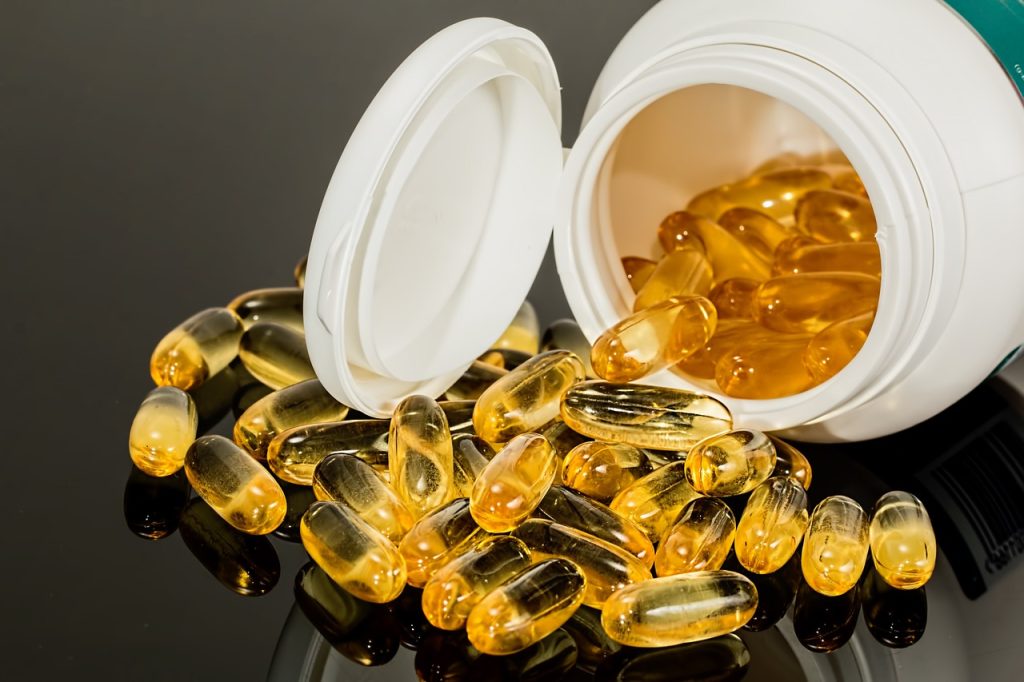Các nhà nghiên cứu đã phát hiện ra rằng vi sinh vật “ăn không khí” để sản xuất vitamin B9 (axit folic)
2024-11-15

Chỉ cần vi sinh vật được nuôi dưỡng bằng các nguyên tố phổ biến trong không khí – hydro, oxy và carbon dioxide – chúng có thể hấp thụ vitamin B9. Các nhà nghiên cứu cho biết công nghệ này sử dụng năng lượng tái tạo để sản xuất một loại protein thay thế bền vững, giàu vi chất dinh dưỡng, có thể một ngày nào đó sẽ xuất hiện trên bàn ăn của mọi người. Nghiên cứu liên quan đã được công bố trên tạp chí “Xu hướng Công nghệ Sinh học” vào ngày 12 tháng 9.
Vitamin B9, còn được gọi là folate, rất quan trọng đối với sự phát triển và trao đổi chất của tế bào. Nhóm nghiên cứu đã thiết kế một hệ thống lò phản ứng sinh học hai giai đoạn có thể sản xuất ra nấm men giàu protein và vitamin B9. Ở giai đoạn đầu tiên, vi khuẩn kỵ khí ưa nhiệt kivui chuyển đổi hydro và carbon dioxide thành acetate, thường có trong giấm. Ở giai đoạn thứ hai, nấm men bia, thường được gọi là nấm men bánh mì, ăn acetate và oxy để sản xuất protein và vitamin B9. Hydro và oxy có thể được tạo ra thông qua việc sử dụng các nguồn năng lượng sạch.
Người ta đã chứng minh rằng vitamin B9 do nấm men nuôi bằng axetat tạo ra gần giống với vitamin B9 do nấm men nuôi bằng đường tạo ra. Theo tính toán của một trong những tác giả của bài báo, nhóm nghiên cứu của Michael Rychlik tại Đại học Kỹ thuật Munich, Đức, chỉ cần 6 gram men khô để sản xuất lượng vitamin B9 cần thiết hàng ngày. Ngoài ra, các nhà nghiên cứu còn phát hiện ra rằng hàm lượng protein trong nấm men cao hơn thịt bò, thịt lợn, cá và đậu. 85 gram men có thể cung cấp 61% protein cần thiết hàng ngày.

